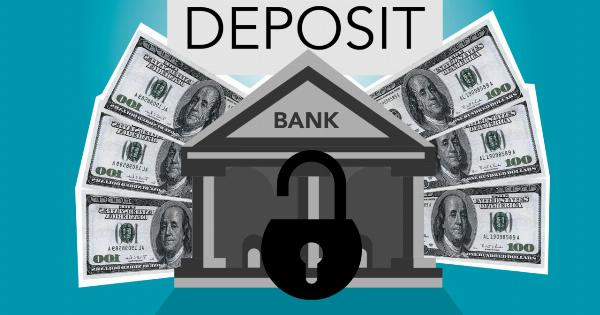Pay-Per-Use contracts, also known as usage-based contracts, are a type of agreement between two parties where the cost is determined by the actual usage or consumption of a product or service.
In traditional contracts, the price is often fixed, regardless of how much the customer uses the product or service. However, with pay-per-use contracts, the customer only pays for what they actually use.
How Do Pay-Per-Use Contracts Work?
In a pay-per-use contract, the pricing is based on the usage metrics that are agreed upon by both parties. These metrics can vary depending on the nature of the product or service being offered.
For example, in the software industry, pay-per-use contracts may be based on the number of users or the amount of data processed.
In the manufacturing industry, pay-per-use contracts may be based on the number of units produced or the machine hours utilized.
The specific terms and conditions of a pay-per-use contract are typically outlined in a Service Level Agreement (SLA) or a similar contractual document.
The SLA defines the metrics, the pricing structure, and any other relevant terms that govern the use of the product or service.
Advantages of Pay-Per-Use Contracts
Pay-per-use contracts offer several advantages for both the customer and the provider:.
Flexibility and Cost Efficiency
With pay-per-use contracts, customers have the flexibility to scale their usage up or down based on their needs. They can avoid the burden of paying for unused resources or services.
From the provider’s perspective, pay-per-use contracts allow for better allocation of resources and reduce the risk of underutilization.
It also opens up opportunities for new revenue streams, as customers are more likely to adopt the product or service when they only pay for what they use.
Transparent and Fair Pricing
Pay-per-use contracts provide transparency in pricing. Customers have a clear understanding of what they are paying for, as the charges are directly related to their usage.
This eliminates any ambiguity or hidden costs that may be associated with fixed pricing models.
Additionally, pay-per-use contracts are considered fairer, as customers are only billed for the value they derive from the product or service. This aligns the interests of both parties and promotes a more mutually beneficial relationship.
Incentive for Innovation and Continuous Improvement
Pay-per-use contracts encourage providers to innovate and improve their offerings continuously.
Since the revenue is directly tied to usage, providers are incentivized to deliver high-quality products or services and proactively address any issues or inefficiencies.
Customers also benefit from this continuous improvement, as they can take advantage of the latest enhancements without incurring additional costs. This helps them stay competitive in their respective industries.
Considerations for Pay-Per-Use Contracts
While pay-per-use contracts offer numerous advantages, there are a few considerations to keep in mind:.
Predictability of Costs
For customers with predictable usage patterns, pay-per-use contracts may not always be the most cost-effective option.
In some cases, fixed pricing models or subscription-based models might offer better value, especially if the demand is stable or predictable.
Data Security and Privacy
Providers offering pay-per-use contracts often require access to customer data to track usage accurately. While this can be essential for accurate pricing, it raises concerns about data security and privacy.
Customers must ensure that appropriate safeguards are in place to protect their sensitive information.
Understanding and Monitoring Usage Metrics
Both parties must have a clear understanding of the usage metrics defined in the pay-per-use contract. This includes how the metrics are measured, how they correlate with the value derived, and how they will be monitored and reported.
Regular communication and reporting are vital to ensuring transparency and avoiding any disputes.
Conclusion
Pay-per-use contracts provide a flexible and transparent pricing model that benefits both customers and providers.
By aligning the costs with the actual usage or consumption, these contracts offer cost efficiency, fair pricing, and incentives for continuous improvement.
However, it is crucial for both parties to carefully consider their specific needs and circumstances before entering into pay-per-use contracts.
By understanding the usage metrics, ensuring data security, and monitoring usage closely, customers and providers can establish mutually beneficial agreements and foster long-term relationships.





























